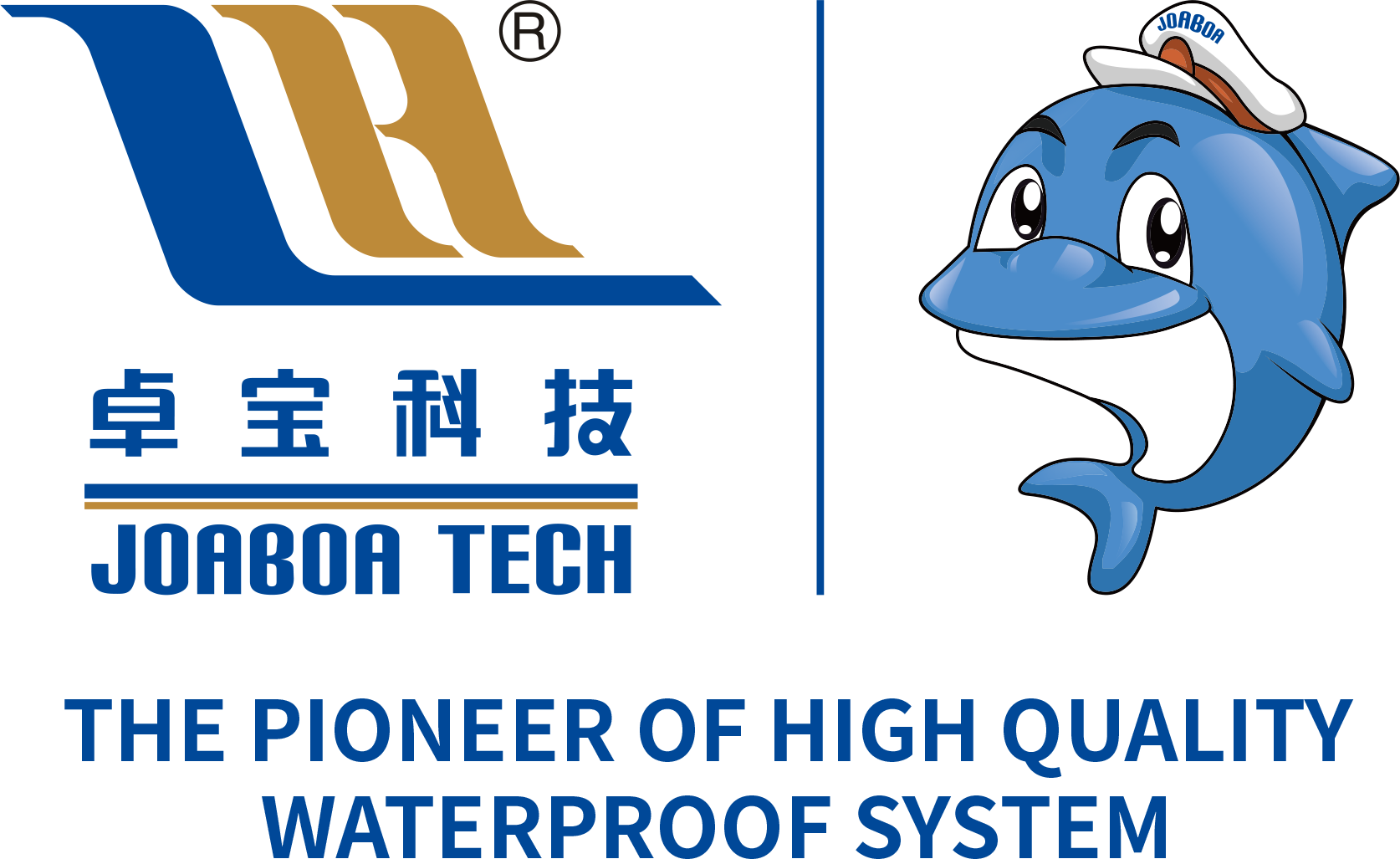Cementitious Waterproofing Coatings
2025-05-20 17:19
Polymer modified cementitious waterproofing coatings are a vital component in the construction and maintenance sectors, particularly in environments that demand high durability and resistance to water intrusion. These coatings are created by combining traditional cement-based materials with polymer additives, resulting in a versatile and effective waterproofing solution.
One of the primary advantages of polymer modified cementitious waterproofing coatings is their enhanced flexibility and adhesion properties. The inclusion of polymers improves the material's ability to bond with various substrates, including concrete, masonry, and even metals. This strong adhesion is crucial in preventing water leakage through cracks or joint movements that typically occur in structures over time.
Moreover, the polymer additives contribute to a significant reduction in water permeability. This characteristic is essential for protecting structures against water damage, mold growth, and corrosion. As a result, buildings and infrastructure coated with these materials can better withstand harsh weather conditions and remain structurally sound for extended periods.
The application process for polymer modified cementitious waterproofing coatings is generally straightforward, making them a suitable choice for both new constructions and renovation projects. They can be applied through different methods, including brush, roller, or spray application, depending on the specific requirements of the project. Once applied, these coatings typically cure to form a seamless, durable membrane that effectively shields the underlying substrate from moisture.
In addition to their waterproofing properties, polymer modified coatings also offer various aesthetic options. They can be tinted or tinted to match the desired appearance of the surface, allowing for both functional and visual enhancements. This flexibility makes them popular in areas where appearance is as important as performance, such as in residential buildings, commercial spaces, and public infrastructure.
Another significant aspect to consider is the environmental impact and sustainability of these coatings. Many modern formulations are designed to meet stringent environmental regulations, ensuring they are low in volatile organic compounds (VOCs) and other harmful substances. This aspect makes them a more eco-friendly choice, aligning with the growing demand for sustainable building practices.
In summary, polymer modified cementitious waterproofing coatings represent an innovative solution for effective waterproofing in various applications. Their enhanced properties, ease of application, aesthetic versatility, and sustainability make them a preferred choice among professionals in the construction and maintenance industries. Understanding the benefits and features of these coatings can help stakeholders make informed decisions, ultimately leading to improved building longevity and performance.
Related News









